____________________________________________________________________________________
New Norcia is Australia’s only monastic town and has a unique heritage. Founded in 1847 by Spanish Benedictine Monks, the town has had many purposes; a mission, a monastery, a provider of education and now as a place of spiritual retreat.
Delve into the town’s unique history, discover the ongoing and completed work necessary for the upkeep and restoration of this special part of Australia.
But it is not only the majestic buildings set amongst the Australian bush that sets New Norcia apart; its history is also encapsulated in the archival records of New Norcia and in the library and museum collections.
__________________________________________________
New Norcia is a town in Western Australia, 132 km north of Perth, near the Great Northern Highway. It is situated next to the banks of the Moore River, in the Shire of Victoria Plains. New Norcia is the only monastic town in Australia, with its Benedictine abbey founded in 1848. Wikipedia
The Monastery, where the monks live, work and pray, is at the heart of New Norcia. The monks of New Norcia live according to the guidance and rhythms of The Rule of St Benedict, which has been followed by monks since the sixth century AD. Monks who do so are referred to as ‘Benedictines’. Unlike many priests and nuns, monks do not join an ‘order’ as such, but instead join an autonomous monastery where they promise to remain for the rest of their lives.
The monastery is the heart and soul of New Norcia. From the very first years of the monastery in the 1840s, the rhythmic life of monasticism has guided the town.
________________________________________________________________________________________________________________
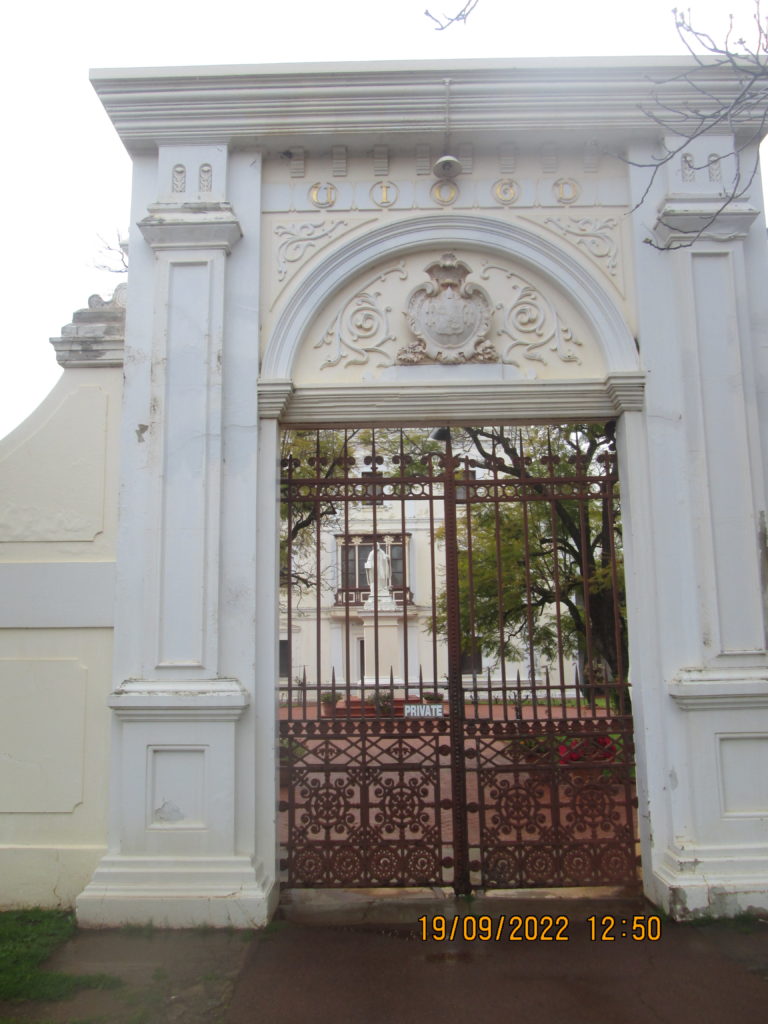
A large imposing gate leading to a portion of the extensive laid out monastery.
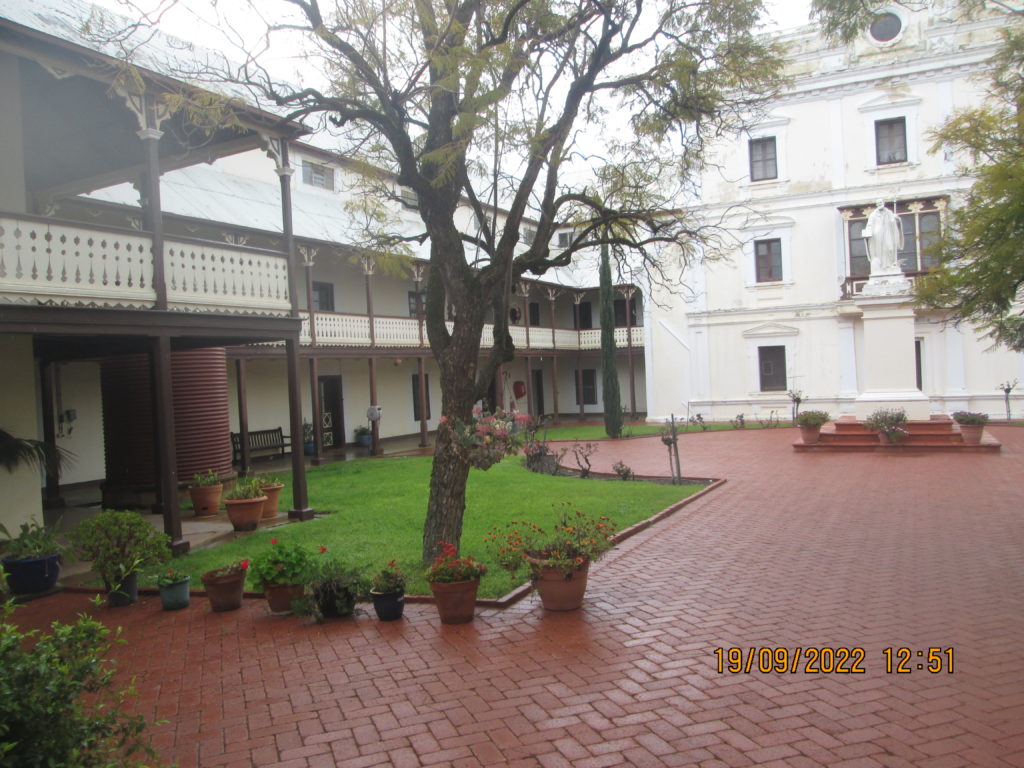
The large courtyard behind the large imposing gate.
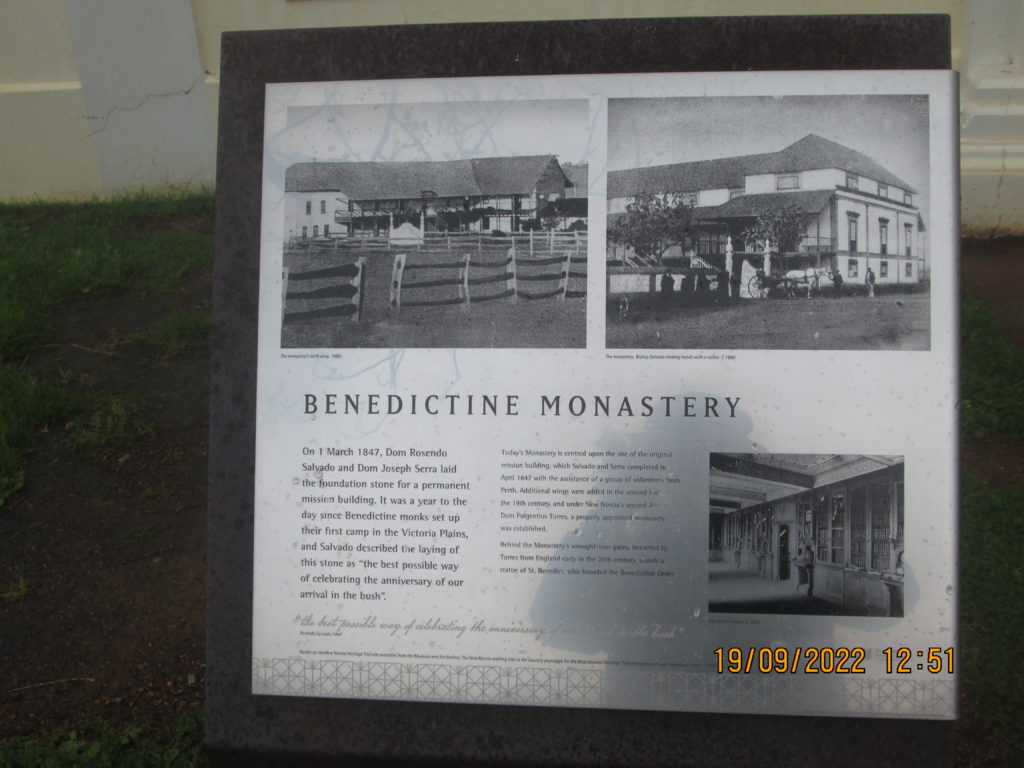
A pictorial sign for the Benedictine monastery.
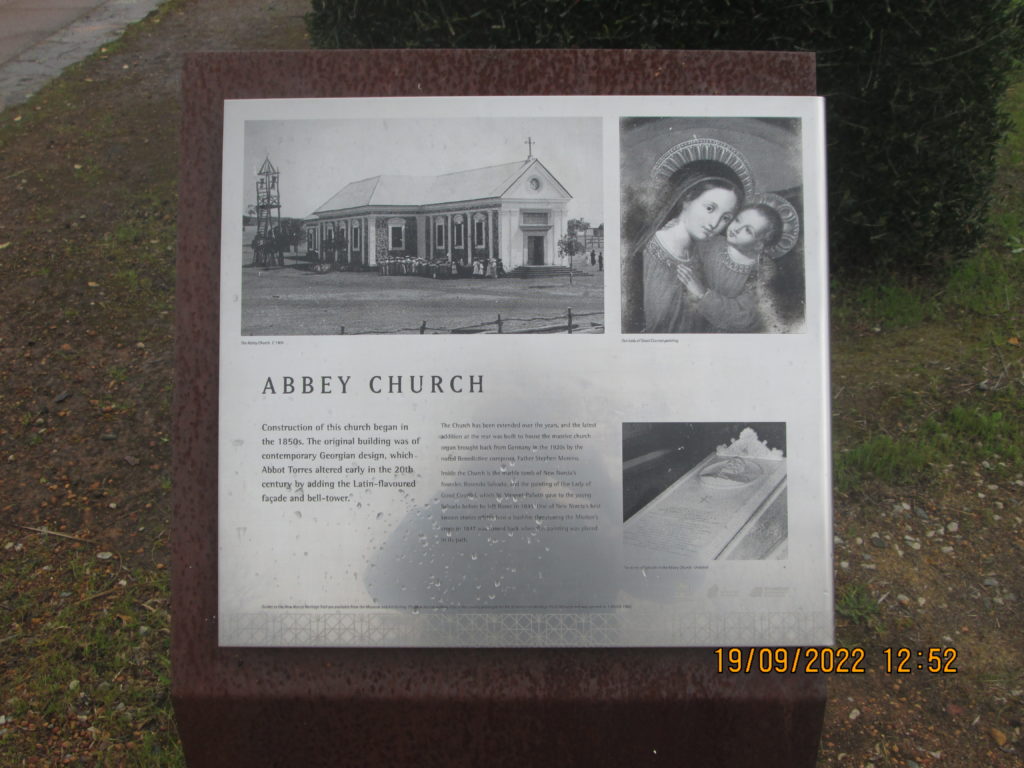
A pictorial sign for the Abbey Church.
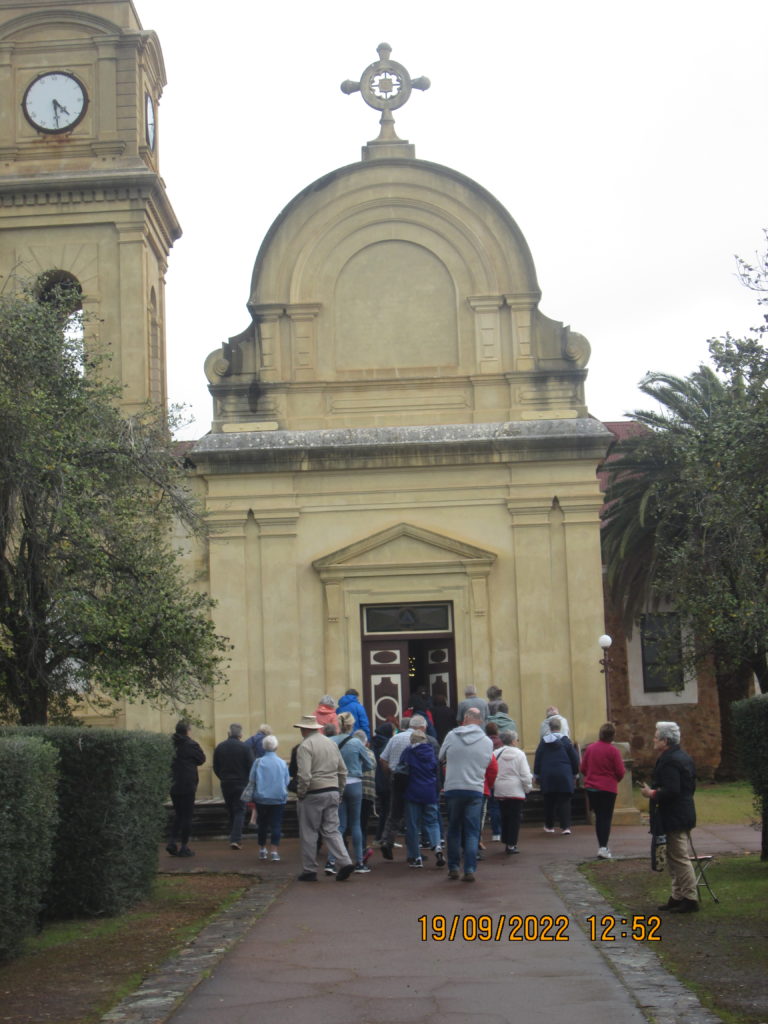
People going into one of the chapels.

Inside the chapel there are many paintings on the walls as illustrated by the two photos below.
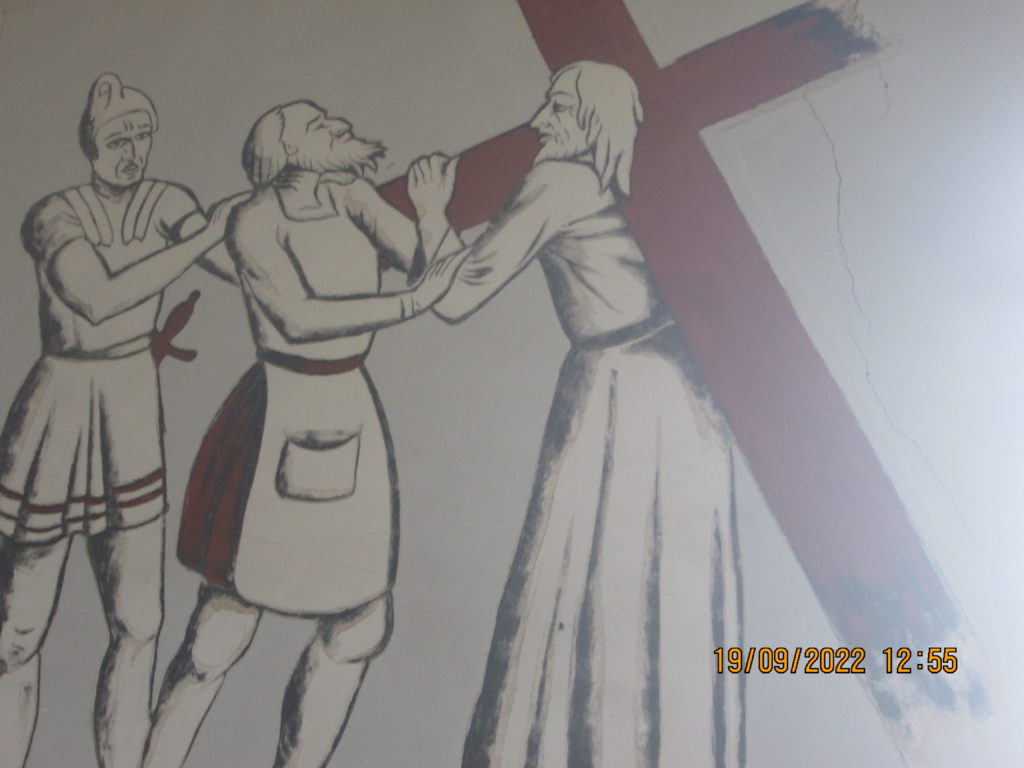
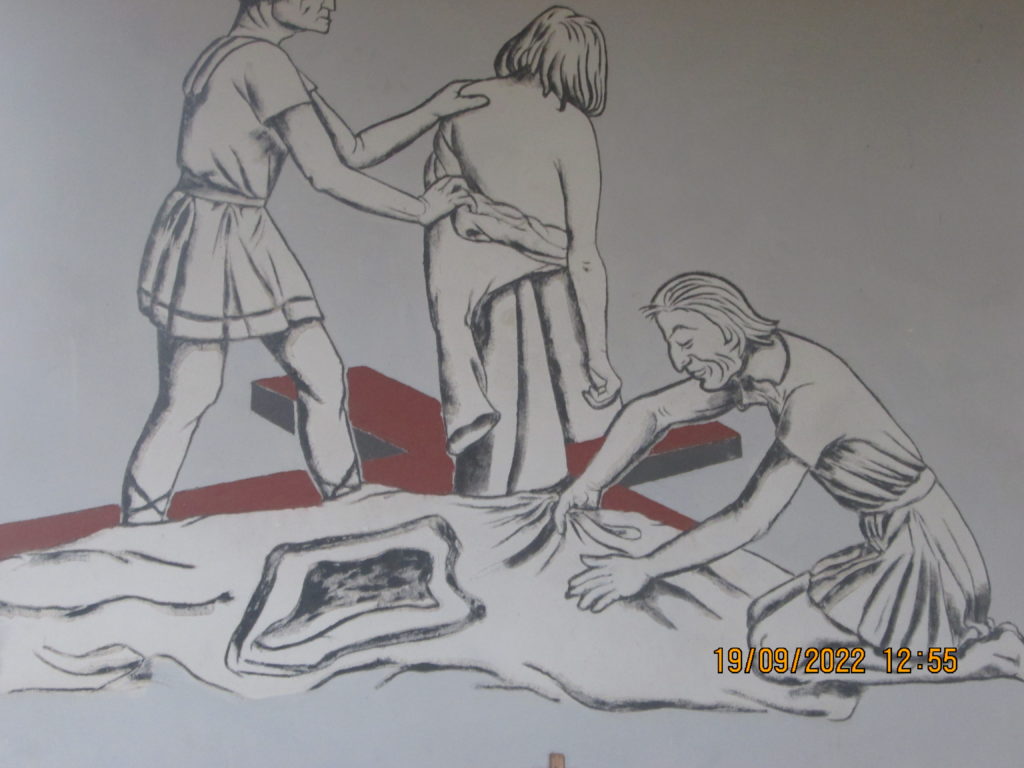
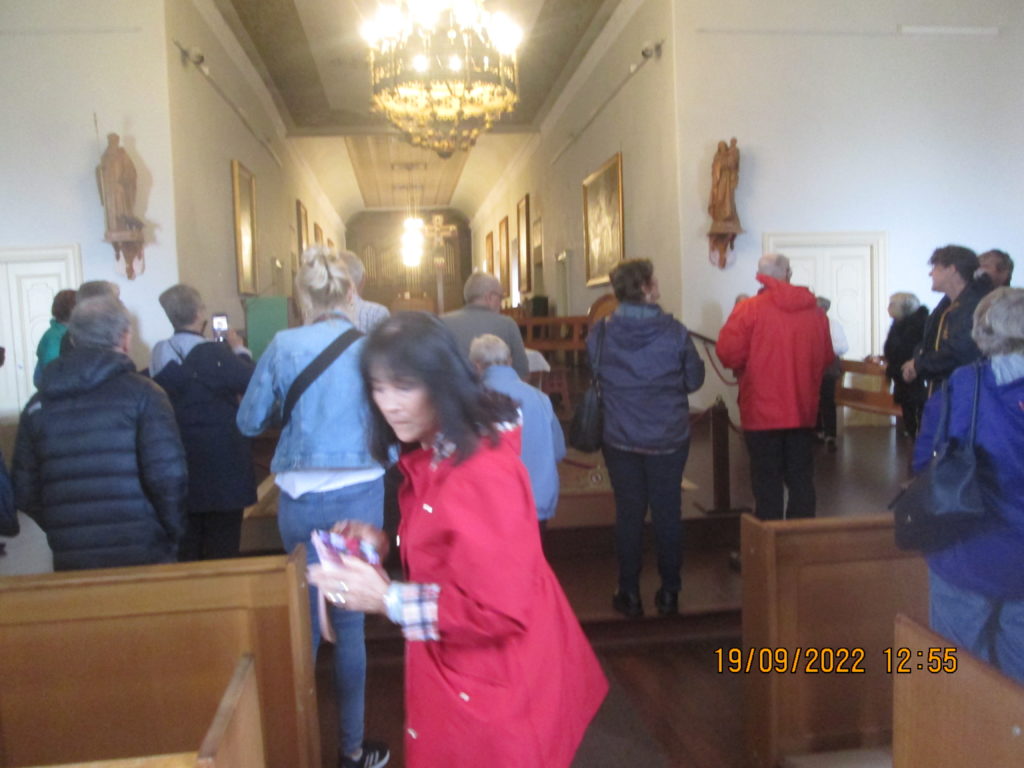
People in one of the Chapels.
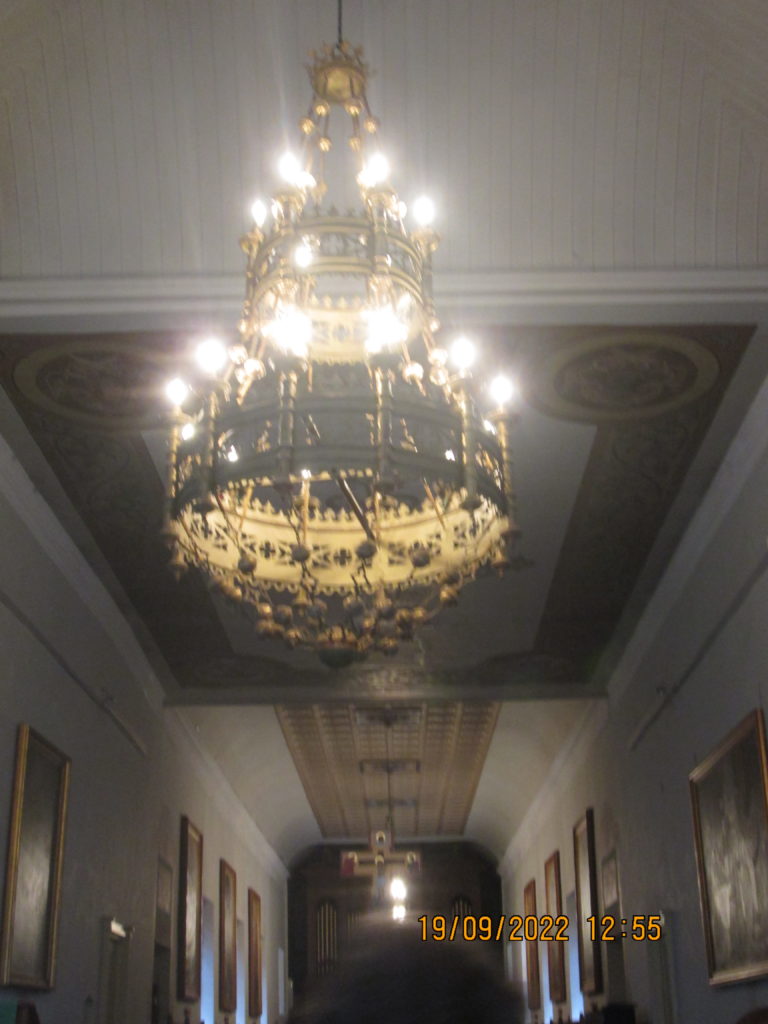
Chandelier in the Chapel.
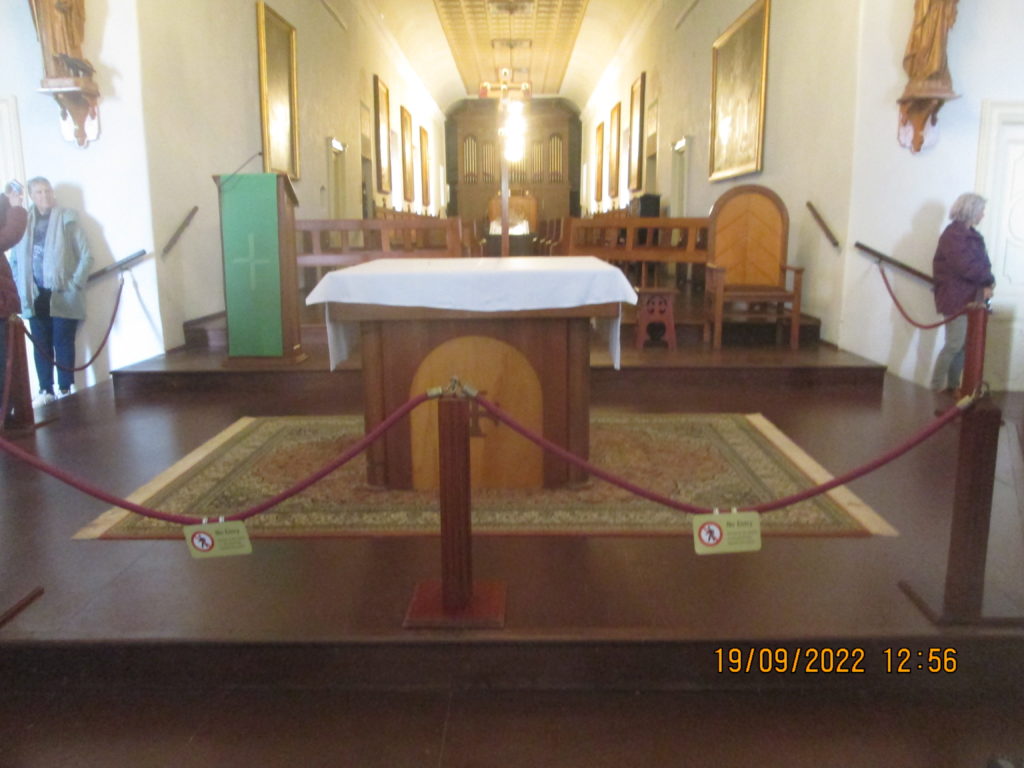
Another Chapel with wall paintings …. see some of them below.
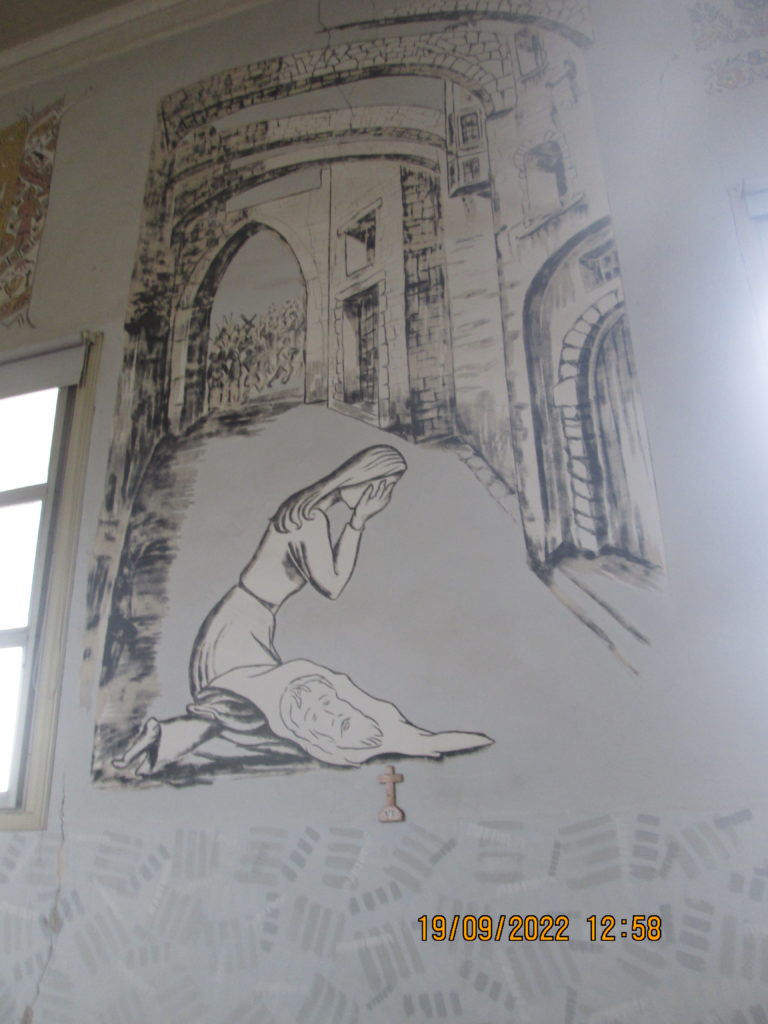
More Paintings on the walls of the different Chapels.
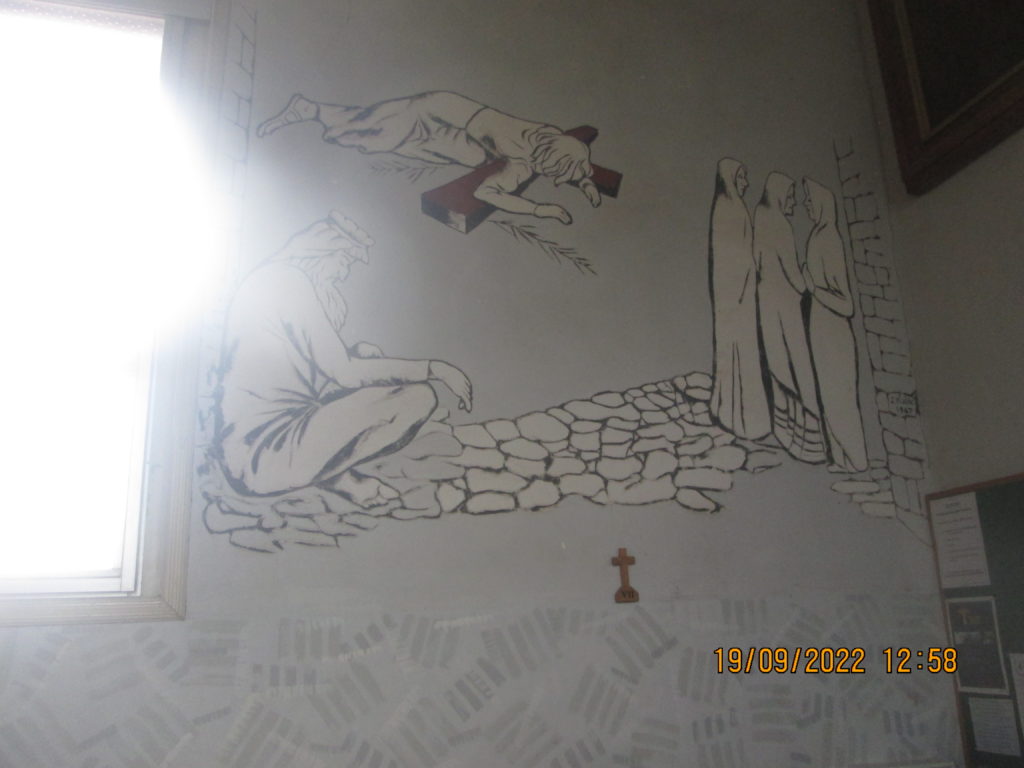
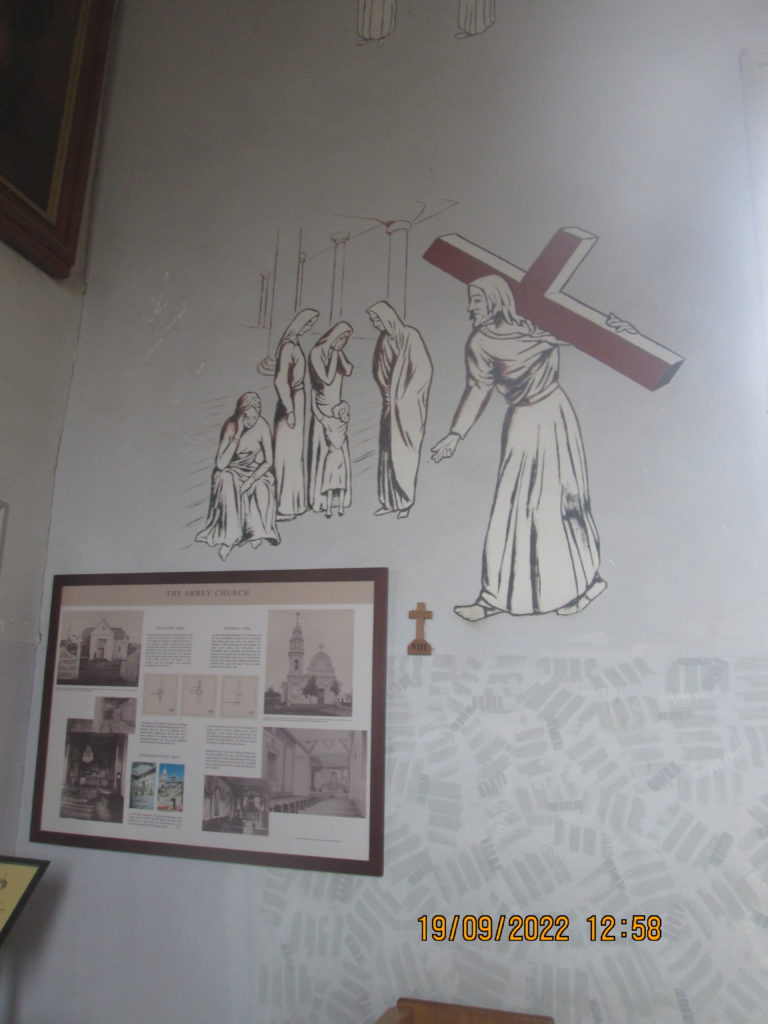
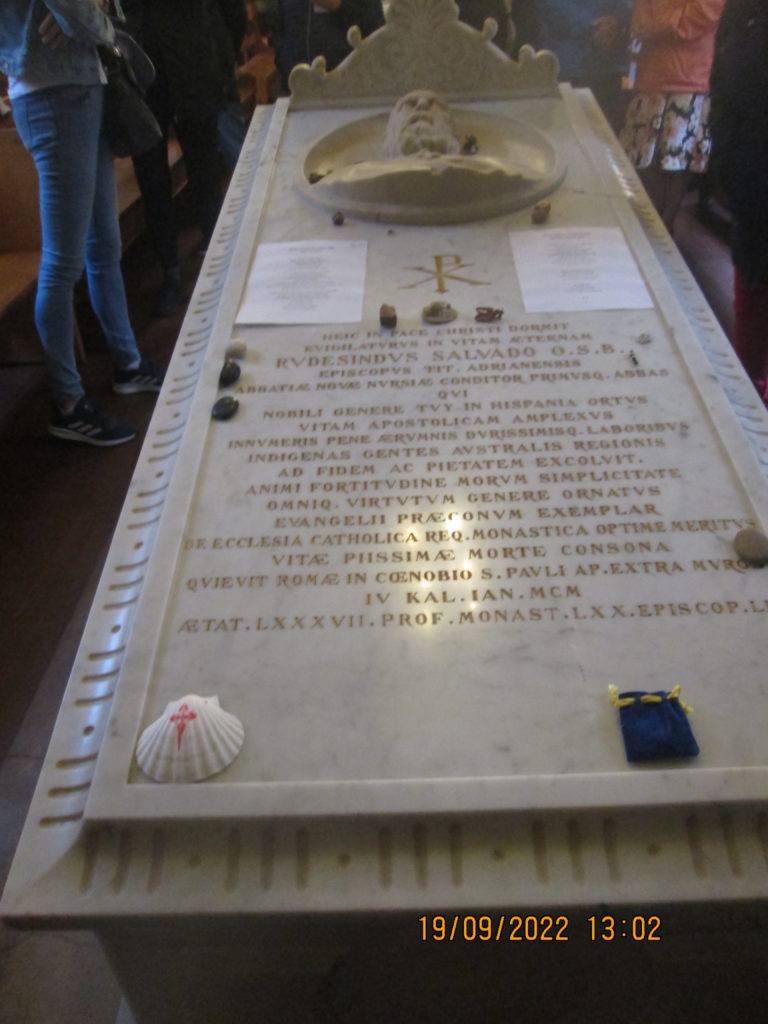
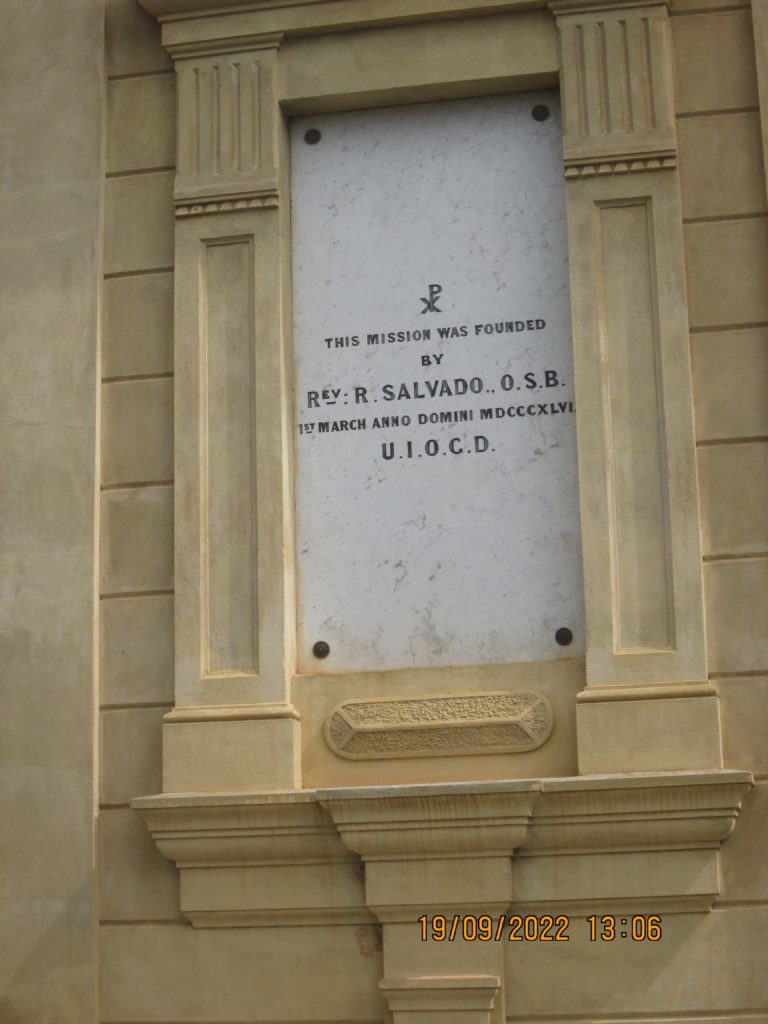
Sign on the beginning of New Norcia in 1847 by the Spanish Benedictine Monk Rev. R. Salvado.
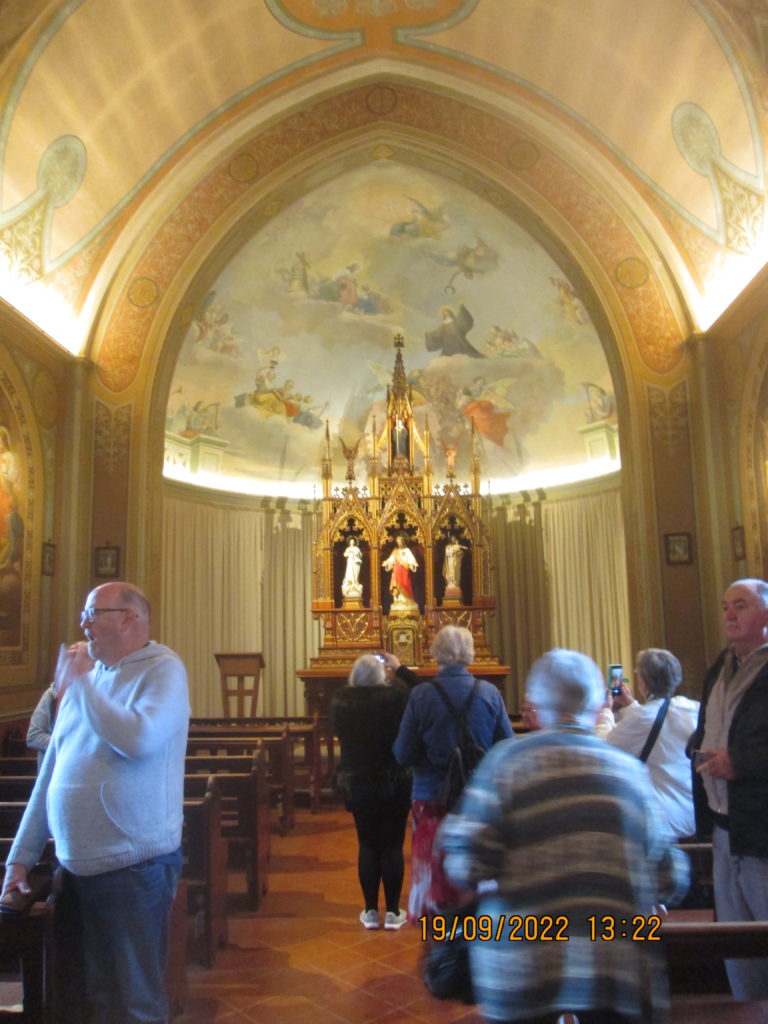
People in one of the Chapels with frescoes on the ceiling ….. see photo below.
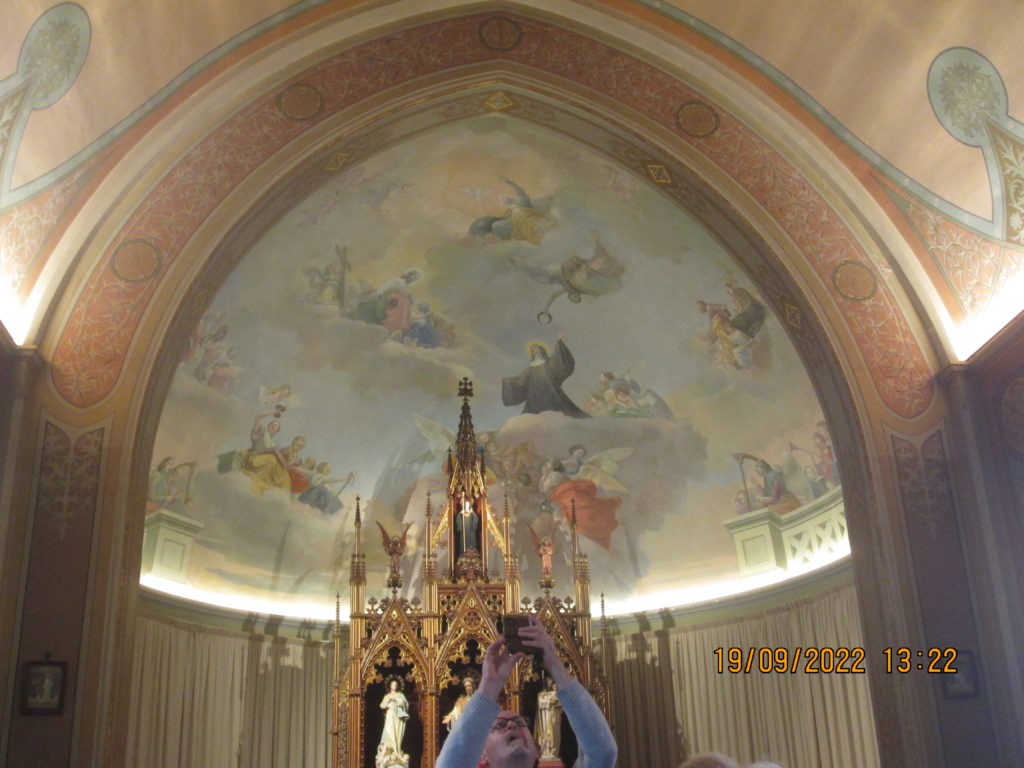
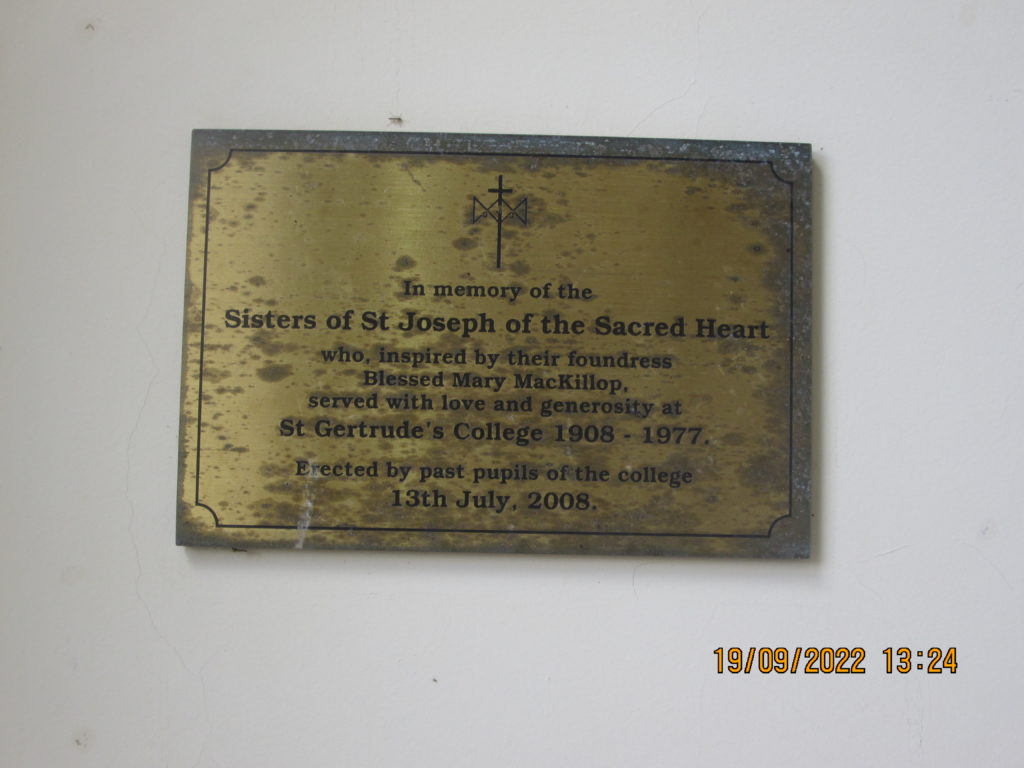
Sign in memory of the founding of St. Gertrude’s College for Girls.

The bus we all came on to New Norcia.
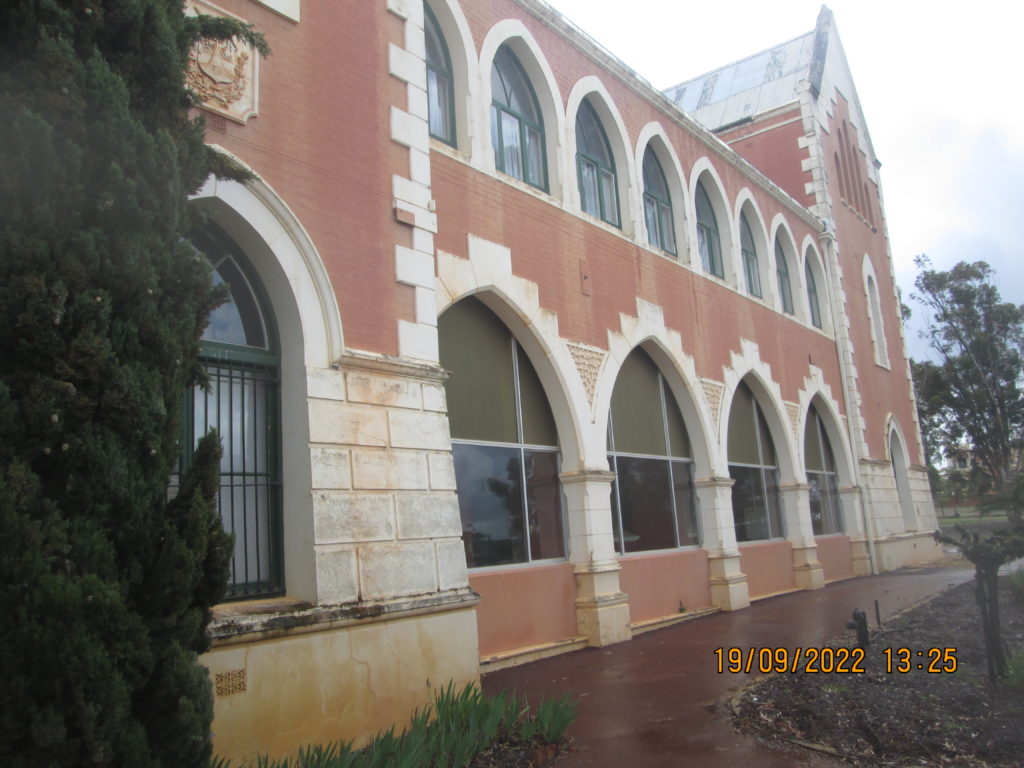
St. Gertrudes College for Girls.
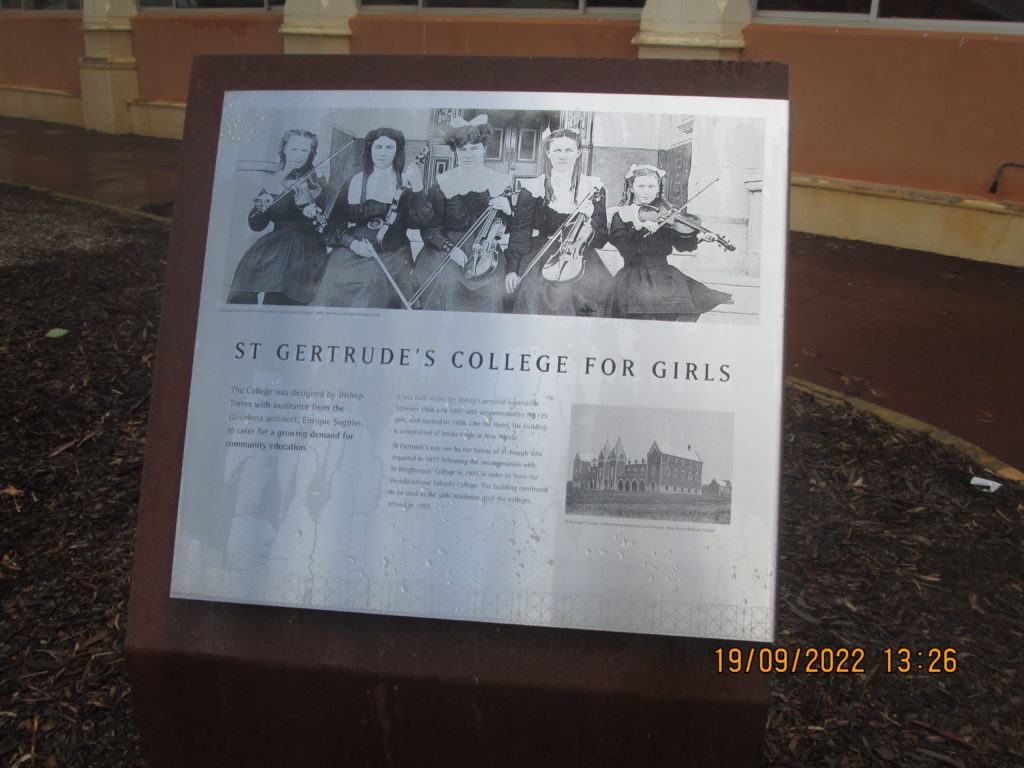
Sign for St. Gertrudes College for Girls.
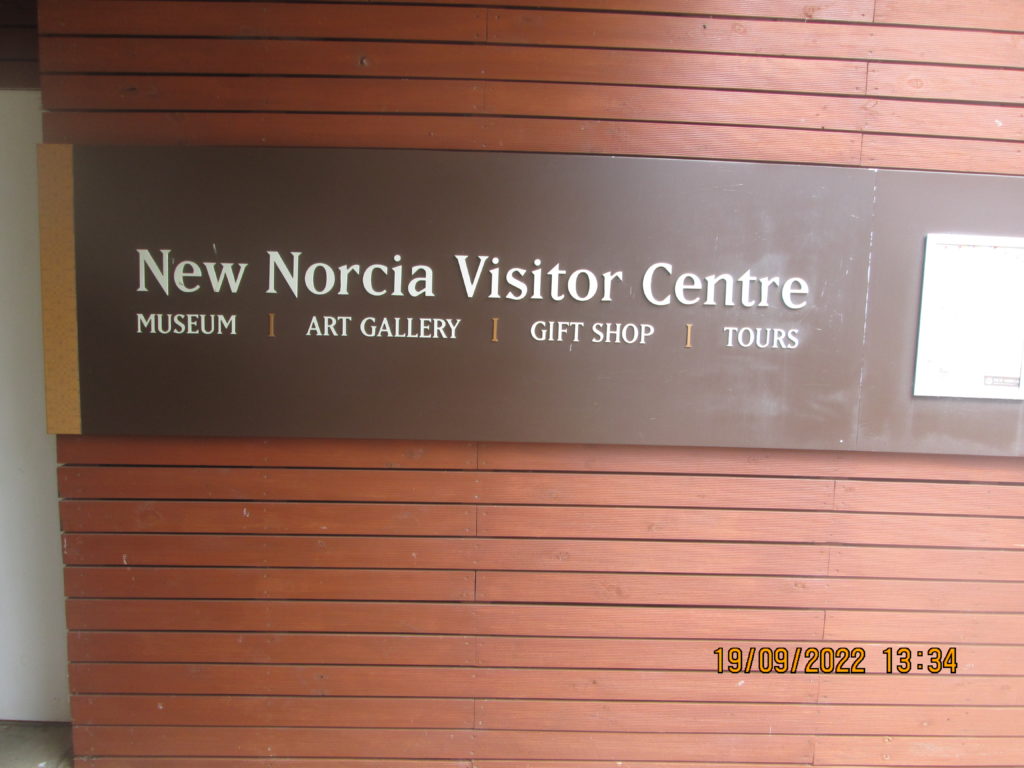
Sign announcing the New Norcia Visitor Centre with its Museum, Art Gallery, Gift Shop and Tours.
The ground floor has the 19th century New Norcia display, a gift shop and the visitors centre. Upstairs are the displays of church memorabilia, an exhibition which presents the era of the girls’ orphanage, a collection of Charles Austin Gardner botanic drawings and the art gallery – housing one of the largest collections of moveable religious art in Australia.
Over a series of interconnecting galleries, a mixture of significant artworks, furniture, objects and personal effects tell the surprising, complex story of Australia’s only monastic town. Founded in 1847 by Spanish Benedictine monks the site has been a large, imaginative mission for Aboriginal peoples, the centre of a vast pastoral enterprise, a place of education for both Indigenous and European children and a site of distinctly Mediterranean culture and devotion.
The complex also houses two special permanent exhibitions. Life at St Joseph’s tells the insider story of Aboriginal girls and Benedictine Sisters who were the building’s first residents. The Gardner Room features the collection of Charles Austin Gardner, the pioneer West Australian botanist and early advocate for the state’s national parks.
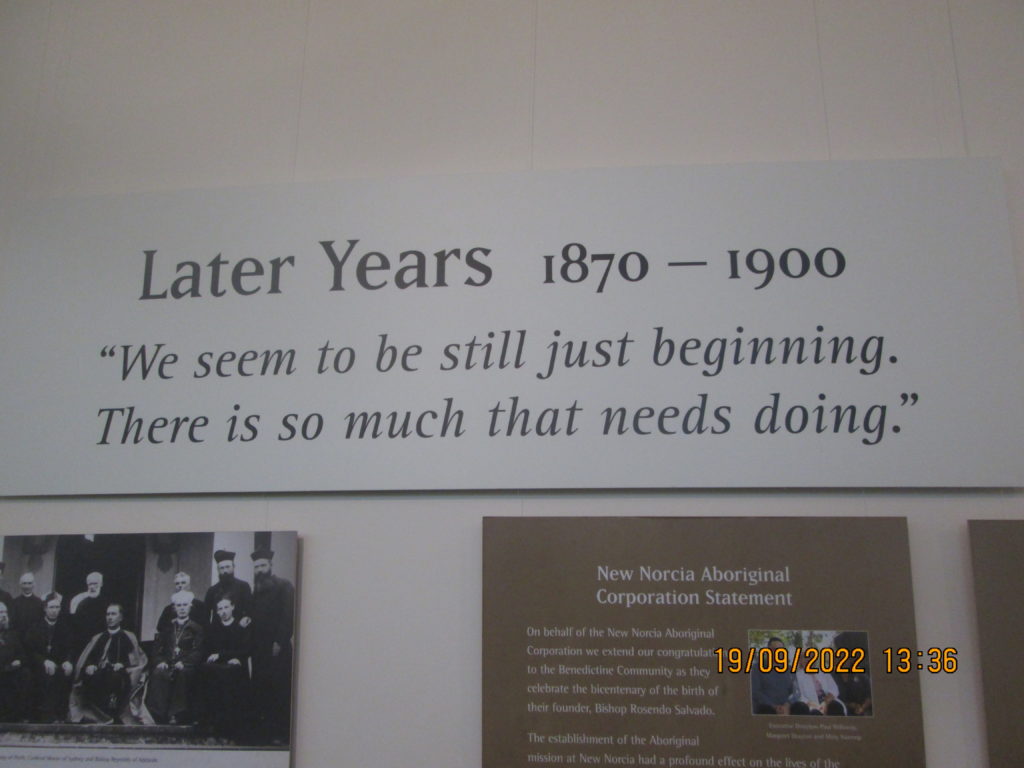
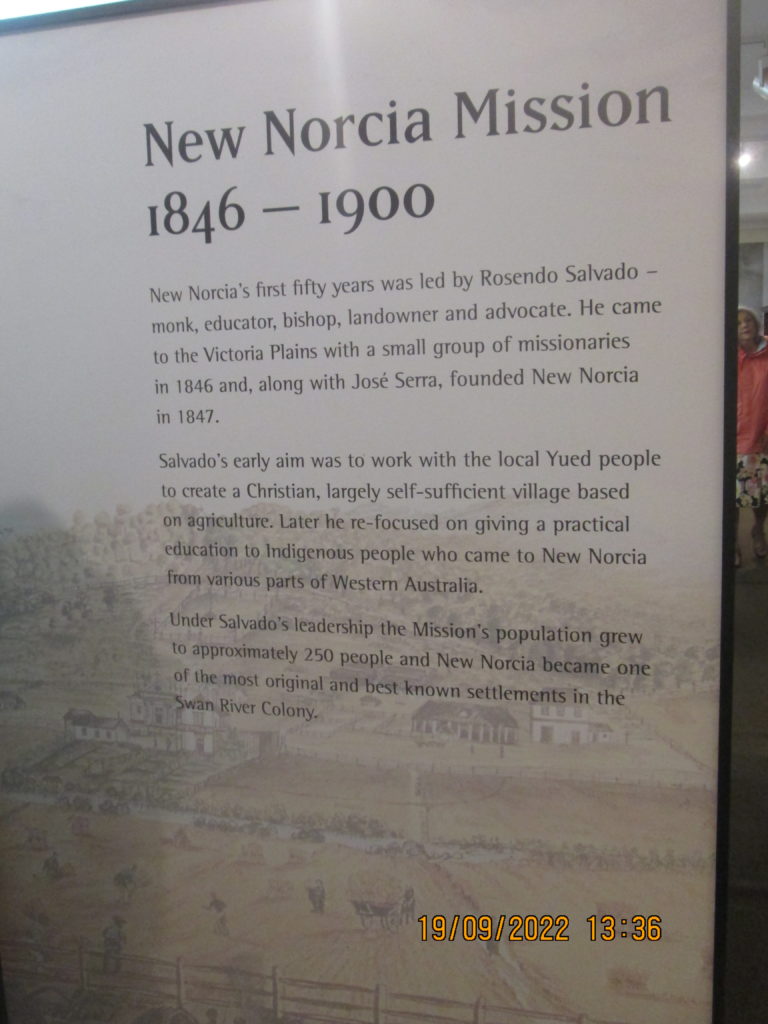
History of the New Norcia Mission.
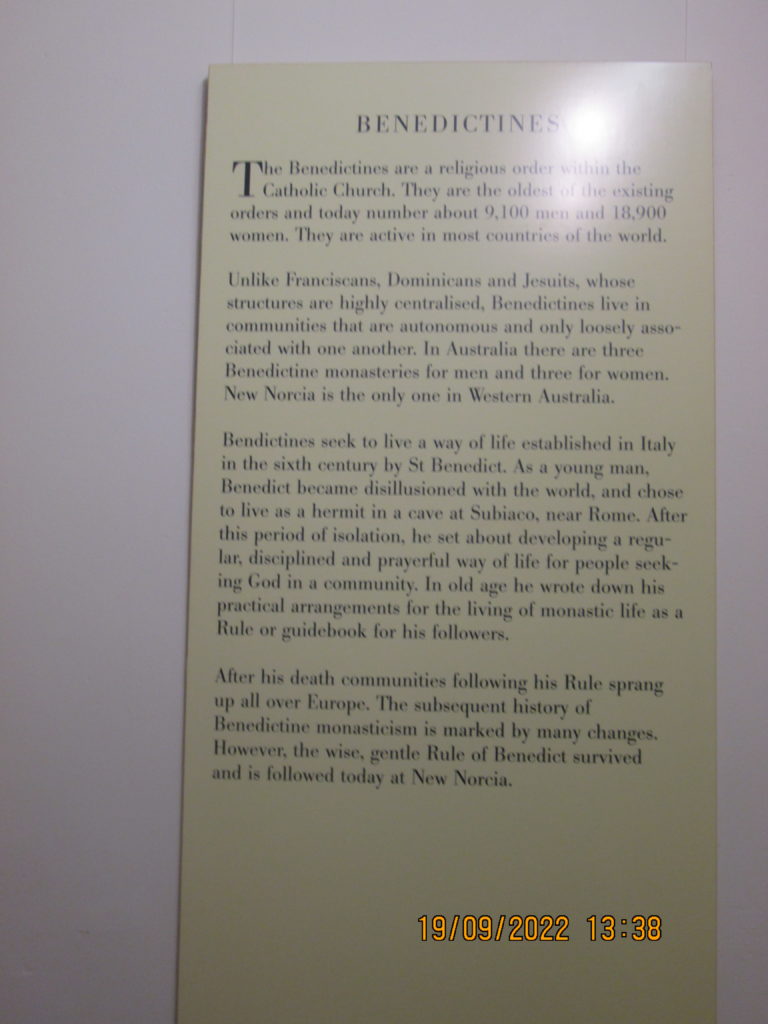
The Benedictine’s way of life.
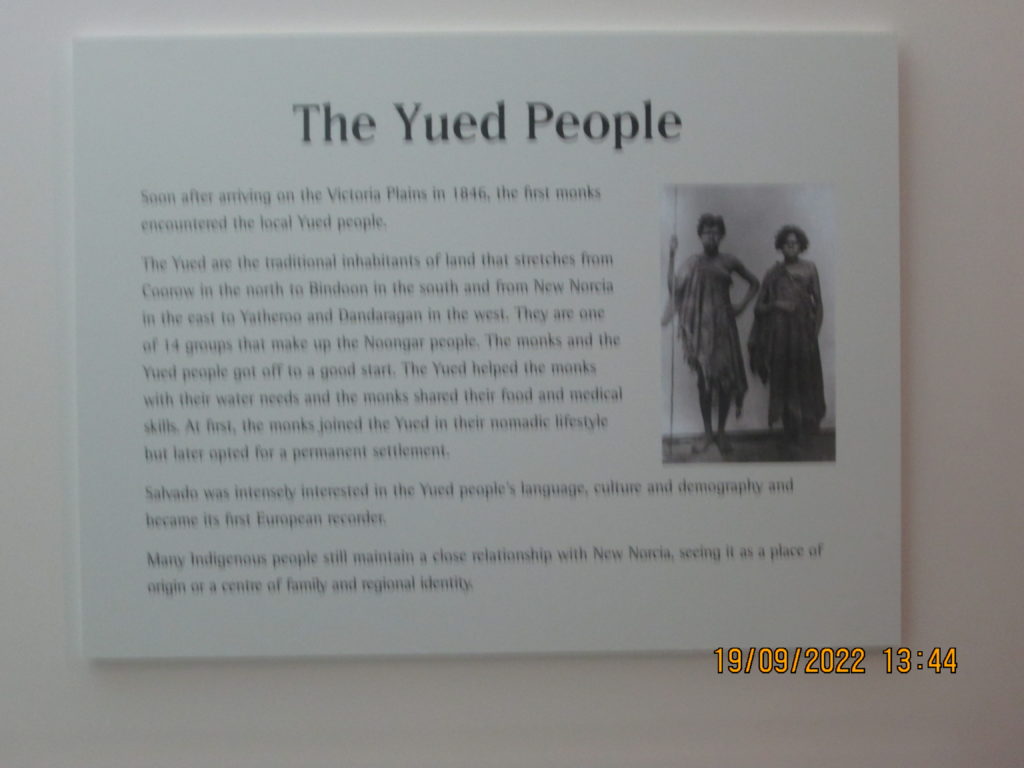
The Benedictine’s way of life with the local Aboriginal people ….. the Yued people.
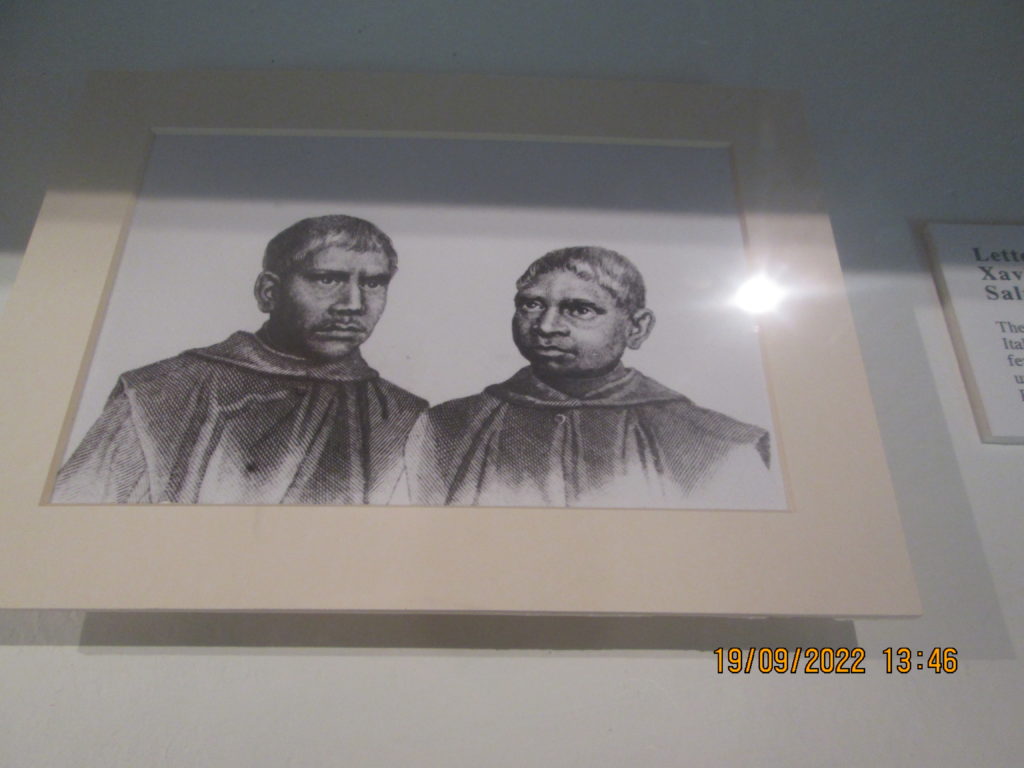
Aboriginal Boys in Italy in 1849.
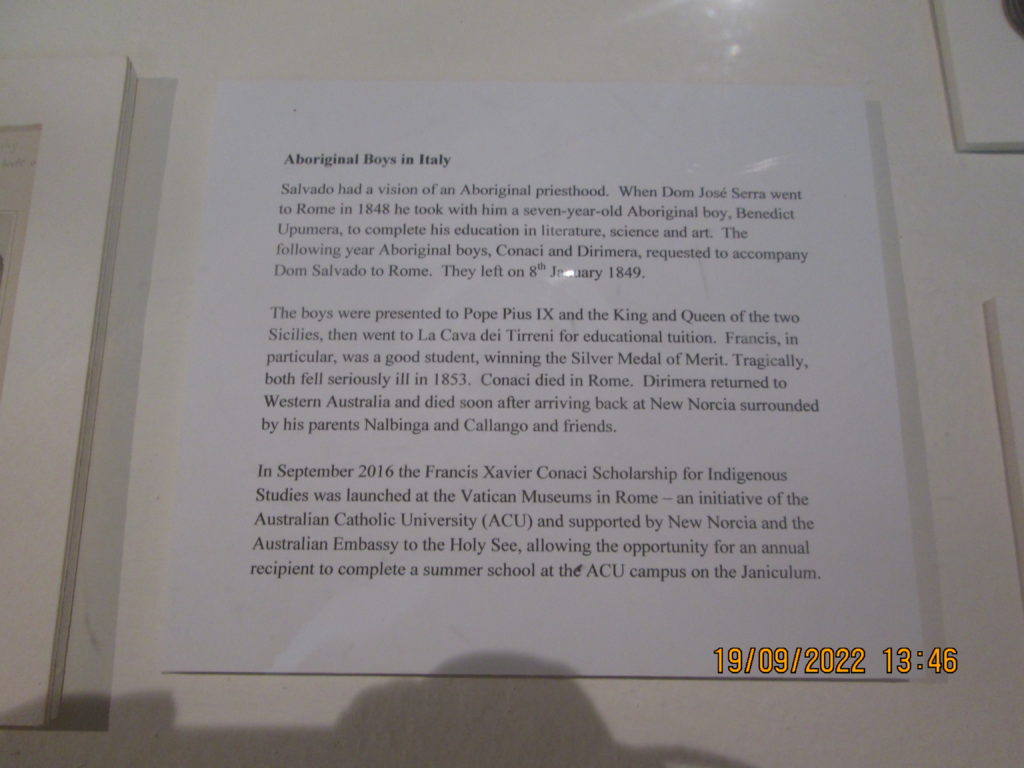

Story of the Mandorla = Halo
________________________________________________________________________________________________________________
